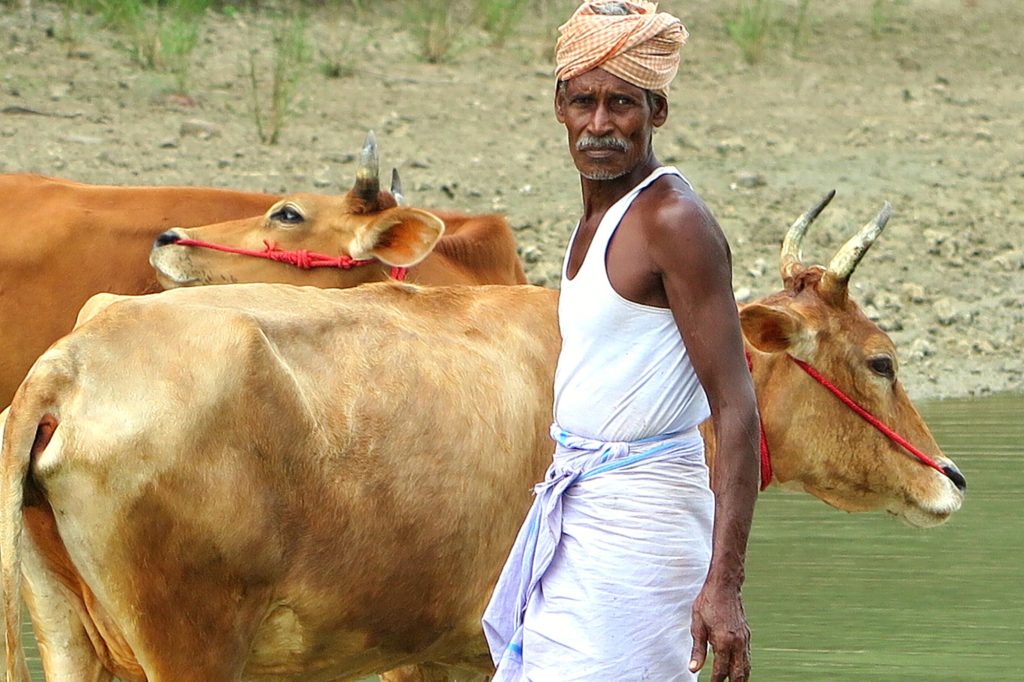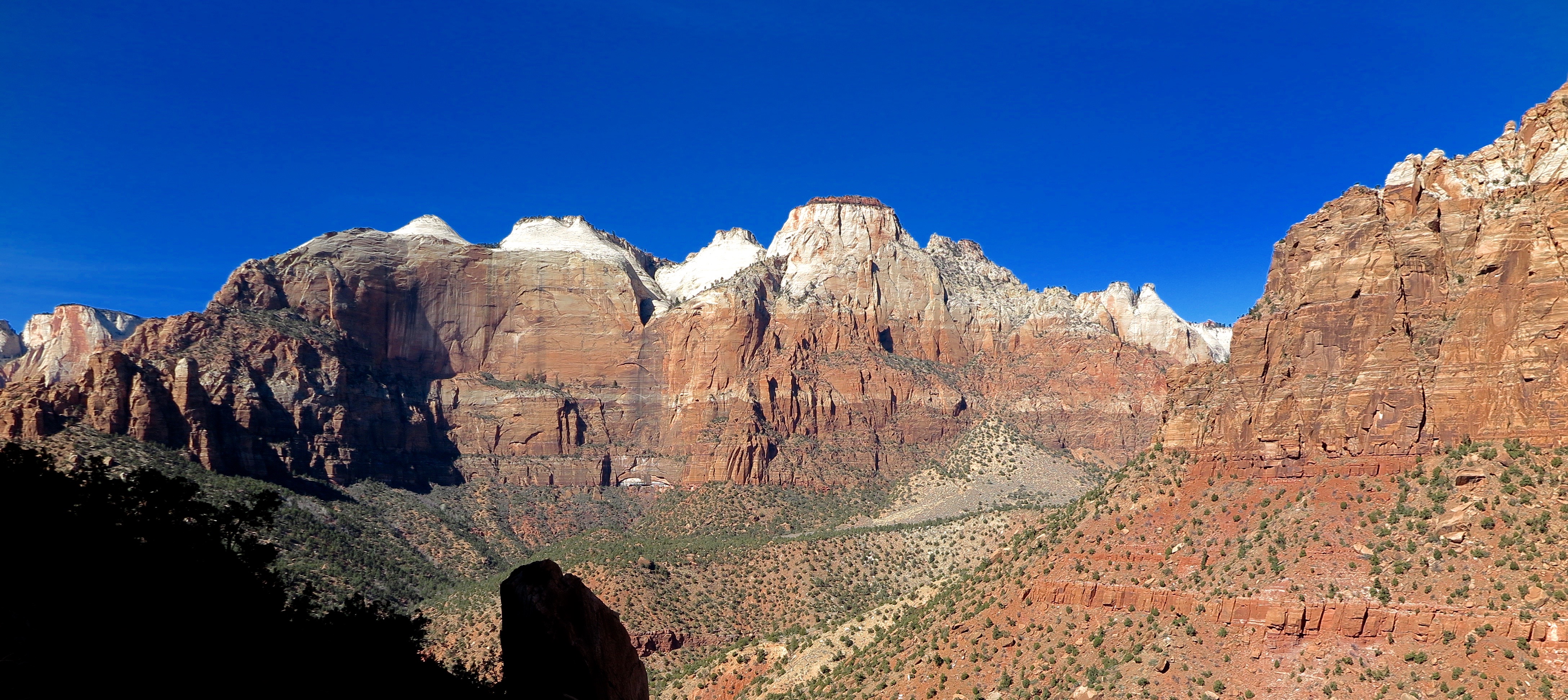
CHENNAI, INDIA — The last time I can recall a civic awakening as big, gallant, and well-intentioned as the mammoth demonstrations occurring here in the capital of Tamil Nadu, and in American cities this weekend, I’d just turned 14 years old. On April 22, 1970 the United States celebrated the first Earth Day. Twenty million Americans participated. It was a day that led to environmental safeguards and new principles of managing the planet that have only grown stronger in the 47 years since.
As I write this at dusk the sound of chanting and drums carry across the crowded, low rise city. Not far from the hotel is Marina Beach, a long stretch of wide and warm sand along the Bay of Bengal that since Thursday has been the staging ground for festive demonstrations that, depending on the hour, attract 600,000 to one million people. The carnival atmosphere has lured parents with children, unescorted women, and working people — groups that typically do not participate in big street demonstrations.
Big demonstrations also were held in the United States. From what I read and hear from friends who participated on Saturday, people discovered similarly inspiring energy and behavior in the mammoth protests to rebuke President Trump.
Last night as I traveled back to Chennai from Coimbatore, one of Tamil Nadu’s biggest cities, it occurred to me that the big demonstrations here and in the United States, and the Trump inauguration, are tied together. Here’s how.

Both Trump’s election victory and the outbreak of civic resistance reflect the epic clash of competing ideas about how to thrive in a turbulent century. Trump is now the most visible emblem of the age of disruption that’s swept across the planet. Earth has become ecologically unstable and dangerous. More people in more places are being bludgeoned by droughts, floods, storms, earthquakes, wild fires, and plagues. A tide of refugees cross continents and seas to reach foreign shores. Markets shudder. Sources of energy for electricity and transportation are evolving from black fuels to invisible ones, causing instability in prices and resulting in tens of billions in stranded asset losses. Jobs are lost and nations become afraid. People succumb to the calls of national rebirth. They choose to close their borders (Brexit) and elect reckless candidates promising a renaissance of national glory.
The staggeringly large demonstrations on three continents this weekend are a global awakening, a call for calming disruption by championing very different values and pursuing saner operational practices. At the foundation of the big protests here, in the U.S., and in many other countries I’ve reported from lie common ideals — environmental security, justice, fairness and equity, inclusion, and collegiality.
Distributed, decentralized operating systems are favored over centralized systems. Small is preferred and mega is fought. Technology, especially social media, is a proven tool for organizing and communicating. The participants in the global awakening also talk about love and cooperation as basic human values to drive their campaigns. The idea is to unify popular expression and action against the many threats of the age of disruption, and impede the political and business leaders intent on making it worse.

In Washington, and the other American cities where anti-Trump demonstrations were held, the message of dismay, frustration, even humiliation at Trump’s rise to the presidency has fostered what organizers and participants promise will be an enduring resistance. Trump could be the catalyst of a new wave of progressive activism in the United States.
Here in Tamil Nadu, protestors objected to a court and Central Government gambit to eliminate a visible cultural symbol attached to the annual three-day Pongal harvest festival. Three years ago, acting on a petition from the Indian office of PETA, the American animal protection group, the Indian Supreme Court outlawed Jallikattu, or “bull taming.” The 1,500-year-old sport, practiced by young men, involves clinging barehanded to the hump and shoulder of a specially bred compact bull and being dragged by a charging beast until the human baggage lets go.
The spectacle of a slim man flung from the flank of a charging bull is practiced in just four districts in southern Tamil Nadu. But the courage of the rider and the strength of the bull are as central to the traditions of Pongal as running with the bulls is to the Festival de San Fermin in Pamplona, Spain, or pro football is to the American Thanksgiving.
The big national protest grew from a little demonstration. On Sunday, the last day of Pongal, some 200 university students gathered in Chennai to protest the ban on Jallikattu as an affront to Tamil culture, and a threat to the ranch community that breeds the bulls. Police broke up the demonstration with batons and rough handling. Word of the police action spread on Facebook and WhatsApp.
I’ve reported on similar campaigns that grew from small gatherings into national awakenings. The Dakota Access Pipeline protest in the United States. Campesino campaigns that closed the $5 billion Conga mine in Peru. Battles to protect rivers from big hydropower dams in Brazil, Panama, and India. The massive resistance in Bangladesh to proposals to build 20 new coal-fired power plants.
As I traveled south from Chennai with two colleagues on assignment for Circle of Blue we watched the demonstration mount. By Tuesday, protests were erupting in small towns, along highways and in town centers. On Wednesday our path was hampered by sit in protests on regional highways, and road blocks manned by men and teenage boys. By Friday the spontaneous, nonviolent protest was being staged in every town and city in the state, and a general strike unfolded.

Millions of Tamil residents participated. Shop owners closed their stores. Trucks parked. Schools sent students home. Families gathered to participate in a cultural happening, the immense demonstrations that were joyous. Speakers aimed their remarks at restoring Jallikattu and at fixing a list of other big social grievances. Many of them were tied to water — better planning for deep droughts, protecting against killing floods and cyclones, abating pollution, and preparing for municipal water shortages that regularly make life grueling and dangerous in this magnificent coastal state.
The overwhelming numbers and the respect that Tamil residents had for each other and their messages proved persuasive. The state and federal government on Friday announced that new legislation was being prepared and would be approved to make Jallikattu legal.
That decision triggered a response from government. On Monday Chennai police moved to clear the beach. The much smaller number of protestors who’d stayed overnight resisted. A police station was set ablaze. Police vehicles were burned. The police, in turn, attacked fishing villages, causing injuries. Protestors took to the street to hold rallies at intersections. Traffic snarled to a stop. Mount Road at the city center was a 3-kilometer, six-lane parking lot from 10 a.m. to 6 p.m. Drivers turned off their engines and waited…for hours.
Chennai and the rest of Tamil Nadu calmed today following the spate of violence that occurred yesterday morning. I’ve talked to a number of political and communications people here. Their clear conviction is that the violence was deliberately provoked by state government leaders, or by opposition party leaders, who acted through the police to mar the good feelings of a week of big and peaceful demonstrations. Government, according to several observers, wanted to damage the image of peace and influence projected by demonstrators. Opposition leaders, according to the second thesis, wanted to damage the reputation of the ruling party. Either way people in Tamil Nadu were shocked, disgusted, disappointed by the brutal behavior of the police and sympathetic to the protestors. State television news broadcast videos of police beating women with batons, and interviews with female victims who were injured and outraged. A camera phone video, spread across social networks, captured images of one officer throwing a burning pile of trash into the open rear of a tuk-tuk, the ubiquitous three-wheel taxi.
The deliberate provoking of violence makes sense to me. Millions of Tamil citizens from Chennai and other towns and cities across Tamil Nadu participated in a spontaneous celebration of Tamil culture, and shared grievances. All over the state last week they danced, shouted, beat drums, and partied in a Mardi Gras-like festival of the human spirit and Tamil pride. The numbers of people that participated, the show of grassroots influence, unnerved the state’s political leadership.
There are lasting lessons here, and in the United States. The first is that there is no substitute for the hard work of nonviolent social activism. The second is that in the era of disruption the effort by Trump and his supporters to villify people, and pursue obsolete and polluting strategies on energy and economic development are failing. The third is that helped by Mother Earth’s ecological ire, the visible evidence of acute danger, the awakening is gaining size, momentum and influence. The global garden of embryonic hope is alive with promise.
— Keith Schneider
